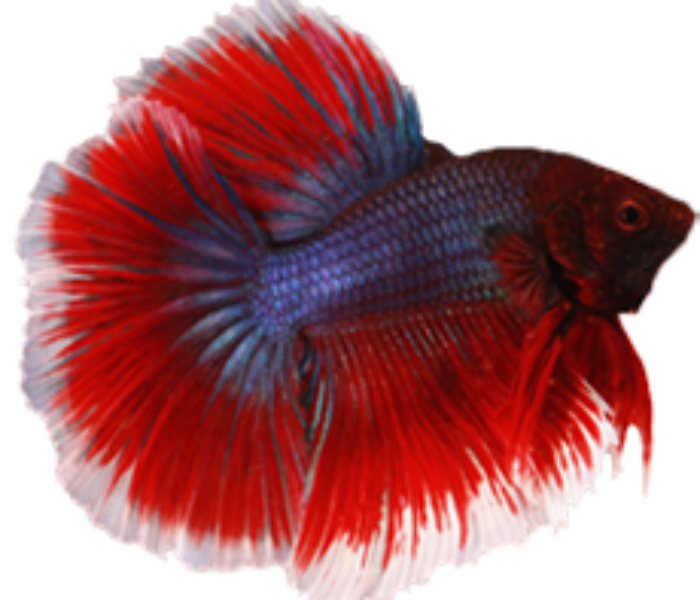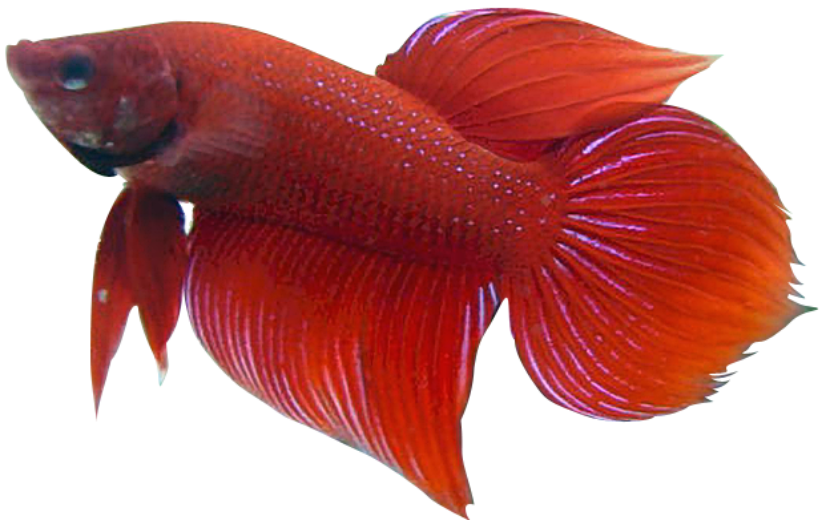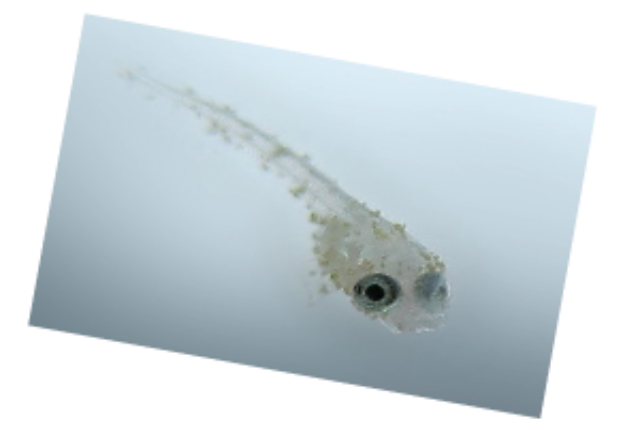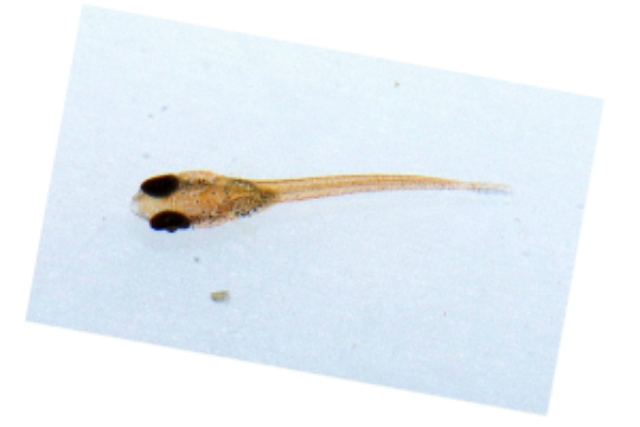Breeding Bettas
It takes the same expenses to breed top specimens as it does to breed fish of lesser quality, so it makes sense to spend a little extra money to obtain a pair of quality fish. Not only can the breeder help you choose which strain and which fish, he can provide a pair that is genetically compatible. Bettas are extremely easy to breed, as long as their basic needs are met, but raising their fry is a bit more challenging. A spawn can easily have a few hundred fry, and every single male will need to be isolated while the females can stay together .
First and foremost they need good water quality, in volumes between 2 and 10 gallons, since being ready to mate is the single most crucial factor and two ready fish will spawn successfully whether tossed into a jar or into a lake, the male and female need to be ready at the same time. That doesn’t always happen, so you will need to provide sufficient room for one of the pair to escape the other’s advances without coming to harm until they are both ready.
Next step.
Bettas need very little light for successful spawning, they like worm water, near but no more than 84F (29C) and Many breeders find no difference in success with water levels from 3 to 12 inches, they report that even when the fry are not returned to the nest by their father, they will survive on the bottom until they are free swimming. Try to keep the tank tightly cover so that the air above the water remains warm and humid, simulating their natural habitat, air that is cool and dry will harm the nest and the fry, also, water movement disrupts the nest and overwhelms the fry. At this point you only need to obtain a good pair, possibly genetically compatible so that the spawn will look as good as or better than the parents.

The pair.
There is going to be a certain amount of sparring betwen the male and the female that will escalate when one of the fish is not ready to mate, this can lead to some serious injuries.
To avoid any harm to either fish, visual barriers can be used, such as: plants, driftwood, rocks, plastic pipes or any other object. Typically these objects give sufficient protection and when both fish are ready to spawn they’re available to each other.
Many breeder rely on the female’s desire to join the male and use a small plastic cup as her floating home so that when she is ready, she can jump out of it and join him.
Male:
Plenty of breeder-worthy males can be found at your local pet shops. Building a bubble-nest is a major part of a male behavioral repertoire especially when strange males are placed next to each other in their respective jars or when a female is in sight, a healthy male will start to construct a bubble-nest. Males should be separated from females until she is conditioned for spawning, and after he will catch the eggs as they fall from the female and place them in the bubble-nest.
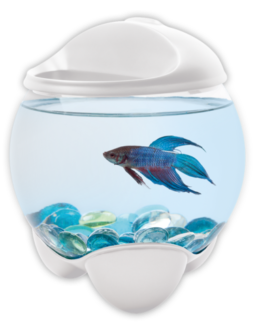
Female:
Finding a female is hard, many females found at a chain pet store turn out to be immature males that are mistaken for females, finding a good one that will make a good match for your male is even harder. Buying from a breeder is in most cases the best way to get a female, she will be healthy and they will often know her lineage.
Female bettas may need a longer conditioning time compared to males, so patience is important.
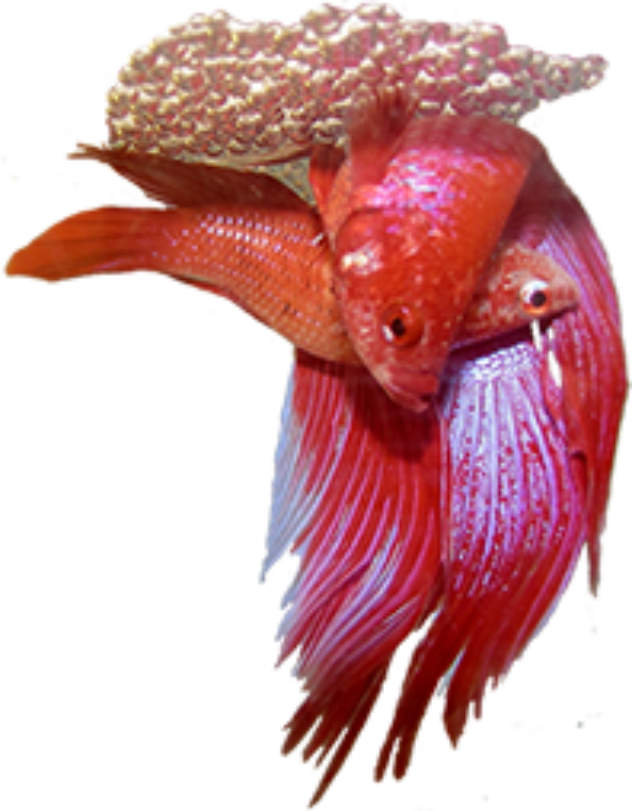
Nesting
Bubble-nests come in all shapes and sizes, some nests are loose and scattered while other nests are dense, some large, some small, etc.
Often the male will start to enlarge the nest as the eggs hatch and as the young begin to move away from the central area of the nest.
Most nests will be on the surface of the water, under a flat rock or a leaf. Males prefer something round, about the diameter of a grapefruit, and yellow in color as a floating anchor for their nest.
Courtship
During courtship they spread their fins and gills and their color brighten, they will swim side-by-side, trembling and even slapping each other. Males become more aggressive, slapping the females and lunging at her, biting and nipping, if the female is ready to spawn, she will dodge these attacks and quickly return. Typically she will hide from time to time, and the male will work on his bubble-nest. The female will then reappear, and the ritual is repeated. Within a short time he will stop chasing and start trying to lure the female to the nest. Finally the female will approach the male under the nest and show her readiness by swimming toward him in a head-downward position and her fins clamped.
Now the pair circles, nosing each other’s side, and eventually end up with the female upside down, the male on his side, curved over her body. The male usually recovers from the embrace first and heads down to retrieve the eggs in his mouth and blow them up into the nest. The female assists in egg gathering then she retreats while the male tends the nest. At this point most breeder will remove the female.
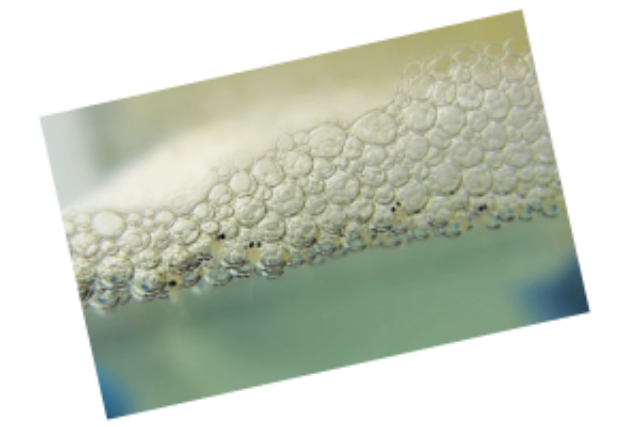
The Fry
The eggs hatch in about 24h and the fry will hang tail-down in the nest for another 36 hours, they will gradually take an horizontal swimming position, many breeders at this point remove the male and leave the fry on their own. Moving the fry to a larger quarters is something that will be necessary, betta grow rapidly, and a good ratio is about 10 fry per gallon. Keep the water quality up to avoid diseases and do frequent water changes, replace the water with conditioned water of the same temperature, it is vital to siphon the bottom of the tank every day.
At first feed them infusoria, microworms, vinegar eels and other smaller than baby brine shrimp foods, as they get bigger the babies will be able to handle bigger foods. Many spawning tanks are swarming with microorganism that betta fry can feed on, plants and sponge filters ensures the presence of micro foods for the fry. It is important to keep their little bellies pink and plump. If properly fed and kept in clean water, the fry will be sexually distinguishable at about 2 months.

